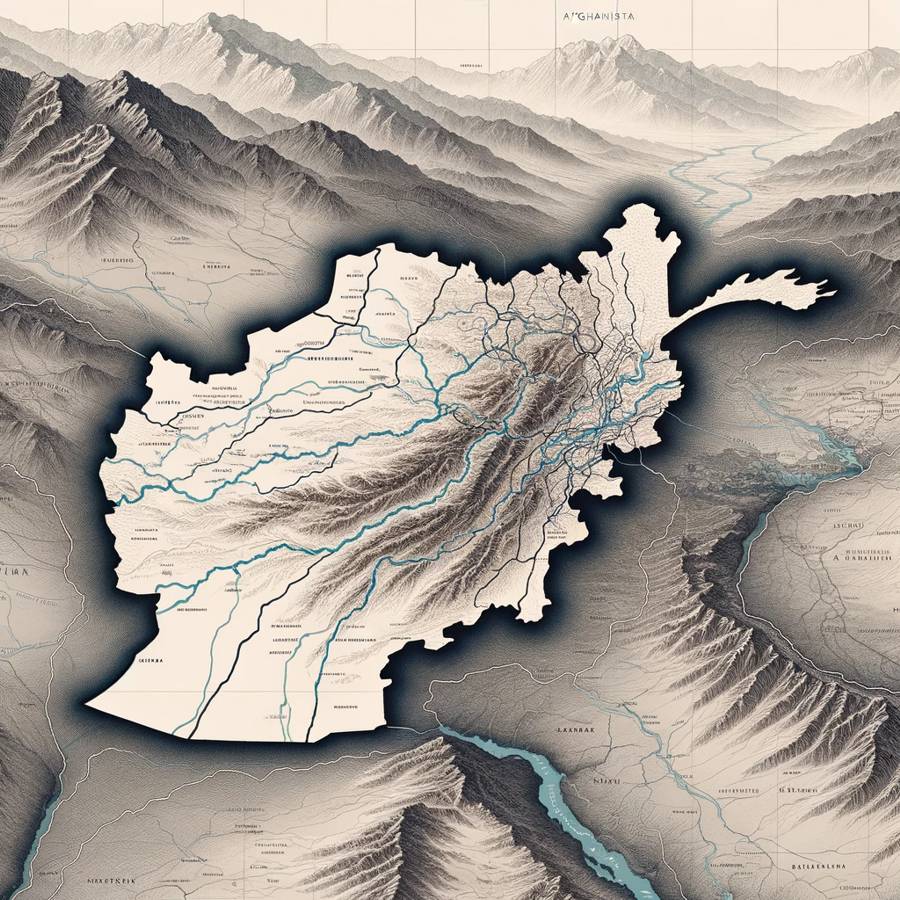Afghanistan’s Amu Darya Canal highlights benefits of old-fashioned Construction
In a remarkable feat of engineering and determination, Afghanistan has embarked on a monumental project that belies the challenges faced by the nation: the construction of the Amu Darya Canal.
Despite limited resources, outdated equipment, and a lack of external assistance, this ambitious endeavour is transforming not just the landscape but also the socio-economic fabric of the region.
The government of Afghanistan, recognizing the critical need for sustainable water management, has meticulously planned and funded this project. Intensive land surveying and soil studies formed the bedrock of this initiative, ensuring that the canal would harness the natural topography to mitigate the need for expensive water lifts, prevent flooding in the winter, and maintain soil compatibility. This strategic approach has allowed the canal to traverse flat lands, mirroring the elevation of its source at the Amu Darya River.
A primary goal of the canal’s path was to enhance agricultural potential and accessibility. It strategically winds through the most fertile lands, closely hugging towns and villages, thereby bolstering local economies and livelihoods. The first phase, stretching 108 kilometres, saw the coordination of 200 private contractors across 114 sections. These contractors, employing a workforce of over 7,000 – including haul truck drivers, excavators, and engineers – have now progressed to the ambitious second phase, covering an additional 177 kilometres.

The operational logistics are a marvel of planning and efficiency. Contractors deploy excavators in a linear formation, allowing haul trucks to navigate between them seamlessly, transporting excavated material to designated areas. Each section, upon completion and approval by engineers, paves the way for the machinery to advance, replicating the process in a systematic manner.
A critical component of this project is the construction of 14 hydraulic gates, topped with vehicle bridges. These gates play a dual role: facilitating transportation and preventing flooding during heightened river levels in the Amu Darya. The canal sections were meticulously designed with intervening undug sections, forming natural barriers that control water flow and safeguard the canal banks.
Interestingly, the canal’s design eschews concrete lining, a decision driven by both economic and environmental considerations. This choice not only saves over a billion dollars but also promotes natural irrigation and enhances groundwater reservoirs, crucial in times of drought.
The project includes significant infrastructural elements such as two concrete bridges for the Hairatan-Balkh Highway and the railway, employing a simple yet robust reinforced concrete slab design. Moreover, an extensive network of underground irrigation pipelines and water mains has been integrated, extending the canal’s benefits to farmers and communities several kilometres away.

At its peak, the construction of phase one saw the removal of up to 1 million cubic meters of soil daily, a testament to the skill and determination of the workforce, even when relying on aging machinery.
Complementing the engineering work, environmental sustainability was also a priority, evidenced by the planting of thousands of trees along the canal banks and the establishment of a 20-kilometer experimental agricultural zone.
The project has catalysed an economic resurgence in the region. Employment opportunities have soared, old farms have been revitalized, and infrastructure has improved significantly.
Originally slated for completion in 2028, the current pace suggests an early finish by 2025.
The project, extending beyond just water management, is laying the groundwork for a brighter future in Afghanistan. Amidst challenges like harsh sanctions and the threat of famine in rural areas, this project stands as a beacon of hope, potentially inspiring more initiatives in water management, farming, and infrastructure, essential for healing and progressing Afghanistan towards a more prosperous future.




















